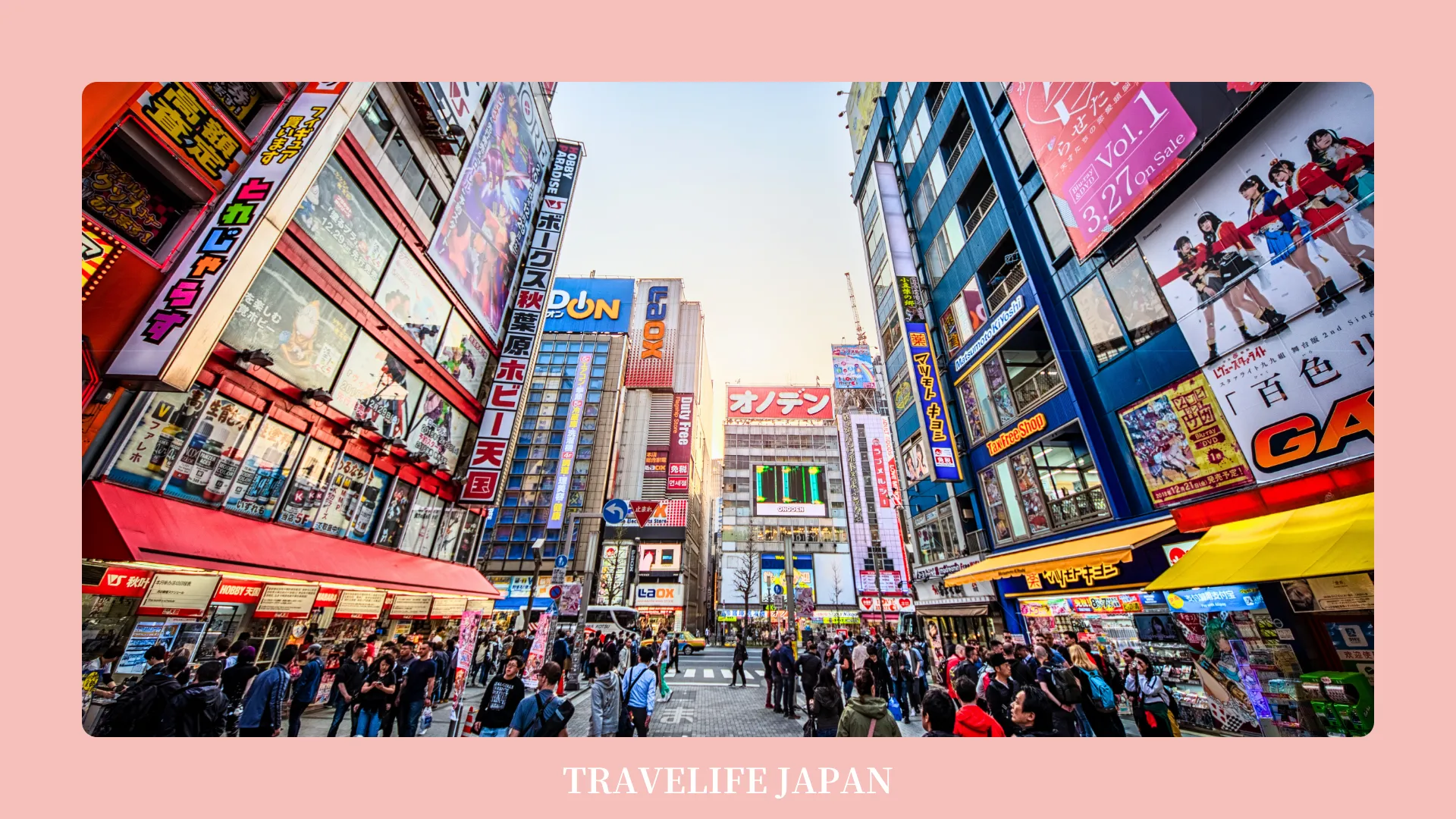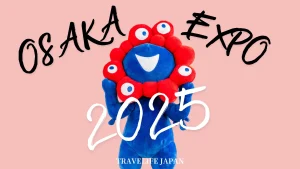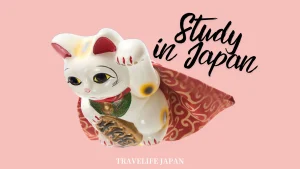Wondering what lies beyond mainstream Japanese pop culture? Explore the world of Japanese Subcultures, from manga and anime to gaming, music, and fashion. This introduction highlights how these diverse and creative practices not only define Japan’s cultural identity but also boost its economy and global influence.
What is Japanese Subculture

Japanese subcultures offer a fascinating glimpse into a world where creativity and individuality reign supreme, setting them apart from the mainstream cultural norms. These vibrant subcultures encompass a wide array of interests, including manga, anime, gaming, music, fashion, and idol culture. Each element represents a unique facet of Japan’s cultural landscape, appealing to a global audience and contributing significantly to the country’s cultural export and economic strength. From the intricate stories of manga and anime to the innovative designs of street fashion, Japanese subcultures celebrate the spirit of innovation and the freedom to express one’s identity in diverse and dynamic ways.
Types and Examples of Japanese Subculture
- Anime and Manga
Anime and manga are artistic expressions unique to Japan. Anime, short for animation, involves creating a series of slightly varying drawings or figures to give the illusion of movement. Manga, on the other hand, is storytelling through a combination of images and text. Both mediums are characterized by their dynamic range of expression and storytelling, with anime offering more dynamic portrayals through motion and sound, while manga excels in detailed and nuanced expression. - Gaming
Gaming is a prominent subcultural content in Japan, closely linked with anime and manga. It offers unique worlds and characters, high expression, and strong community engagement. Japanese games often feature distinctive themes and narratives, contributing significantly to the subculture scene. - Idols
Idols, or ‘idol’ in its English origin, refer to passionately followed singers, actors, or talents. They are seen as aspirational figures, often participating in a variety of fields including music, TV, films, and fan events. Their appeal lies in their ability to inspire and influence younger generations. - Cosplay
Cosplay, originating in Japan, involves dressing up as characters from anime, manga, or games. It’s about embodying characters, requiring attention to costume, makeup, and behavior. It’s popular internationally and provides a means to enjoy a fantasy world, express fandom, and interact with fellow enthusiasts. - VTubers
Virtual YouTubers, or VTubers, are a recent phenomenon where individuals use 2D or 3D avatars to stream content on platforms like YouTube. They typically engage in various activities, such as gaming and singing, and represent a fusion of subcultural elements like anime and gaming. - Music
Music within the subculture realm is often experimental, featuring unique worldviews and a core fan base. It includes genres like J-POP, rock, anime songs, and hip-hop, and is increasingly blending with other subcultural elements like anime and idols.
Japanese Subculture vs. Pop Culture
The distinction between Japanese subculture and pop culture is marked by their different approaches to cultural expression and audience engagement. Pop culture in Japan, similar to other parts of the world, encompasses mainstream entertainment that is widely accessible and enjoys mass appeal. It includes popular music genres, mainstream television shows, blockbuster movies, and fashion trends that reflect the general societal norms and tastes at a given time. Pop culture tends to be more commercialized and is often characterized by its broad, sometimes superficial, appeal to a diverse audience.
In contrast, Japanese subculture delves into more niche areas, offering depth and complexity not typically found in mainstream media. It often fosters a sense of community among its followers, who share a deep interest in specific genres like anime, manga, gaming, cosplay, and idol culture. These subcultures provide a platform for more personalized expressions of creativity and often serve as a means for individuals to explore alternative narratives and identities. While pop culture aims to appeal to the largest possible audience, subculture thrives on its ability to connect deeply with a more focused group.
Subculture’s Influence on Pop Culture
The influence of Japanese subculture on pop culture is significant and multi-faceted. Subcultures often serve as incubators for new ideas, styles, and trends that eventually permeate mainstream culture. For example, the global popularity of anime and manga has led to their themes, aesthetics, and character archetypes becoming more mainstream, influencing everything from fashion to blockbuster movies. The unique style and storytelling techniques of manga and anime have been adopted by various media outside Japan, reflecting a fusion of subcultural elements with global pop culture.
Similarly, the idol culture and related music genres like J-POP, which were once considered part of the subculture, have gained massive popularity and have become a significant part of Japan’s pop culture landscape. The influence is also evident in the rise of VTubers, who have brought a unique blend of animation, gaming, and live streaming to the forefront, impacting the way entertainment content is created and consumed.
The interaction between subculture and pop culture in Japan is dynamic, with each continuously influencing and reshaping the other. Subcultures introduce innovation and diversity into the mainstream, while pop culture helps to broaden the reach and acceptance of subcultural elements, making them more accessible to a wider audience. This ongoing exchange enriches both realms, contributing to the vibrant and evolving landscape of Japanese culture.
Conclusion
Japanese subculture and pop culture continuously interact, influencing and evolving cultural trends. While the boundary between them is fluid, subculture deviates from mainstream culture, and pop culture is widely accepted within it. This interplay creates a rich and dynamic cultural landscape, with subculture fueling the creativity of pop culture, and pop culture disseminating subcultural elements to a wider audience.
\ Follow Our Community /
STUDY IN JAPAN
INQUIRE NOW
Want to learn Japanese in Japan?
Ask us any questions with free application support.
Fast and Easy!








